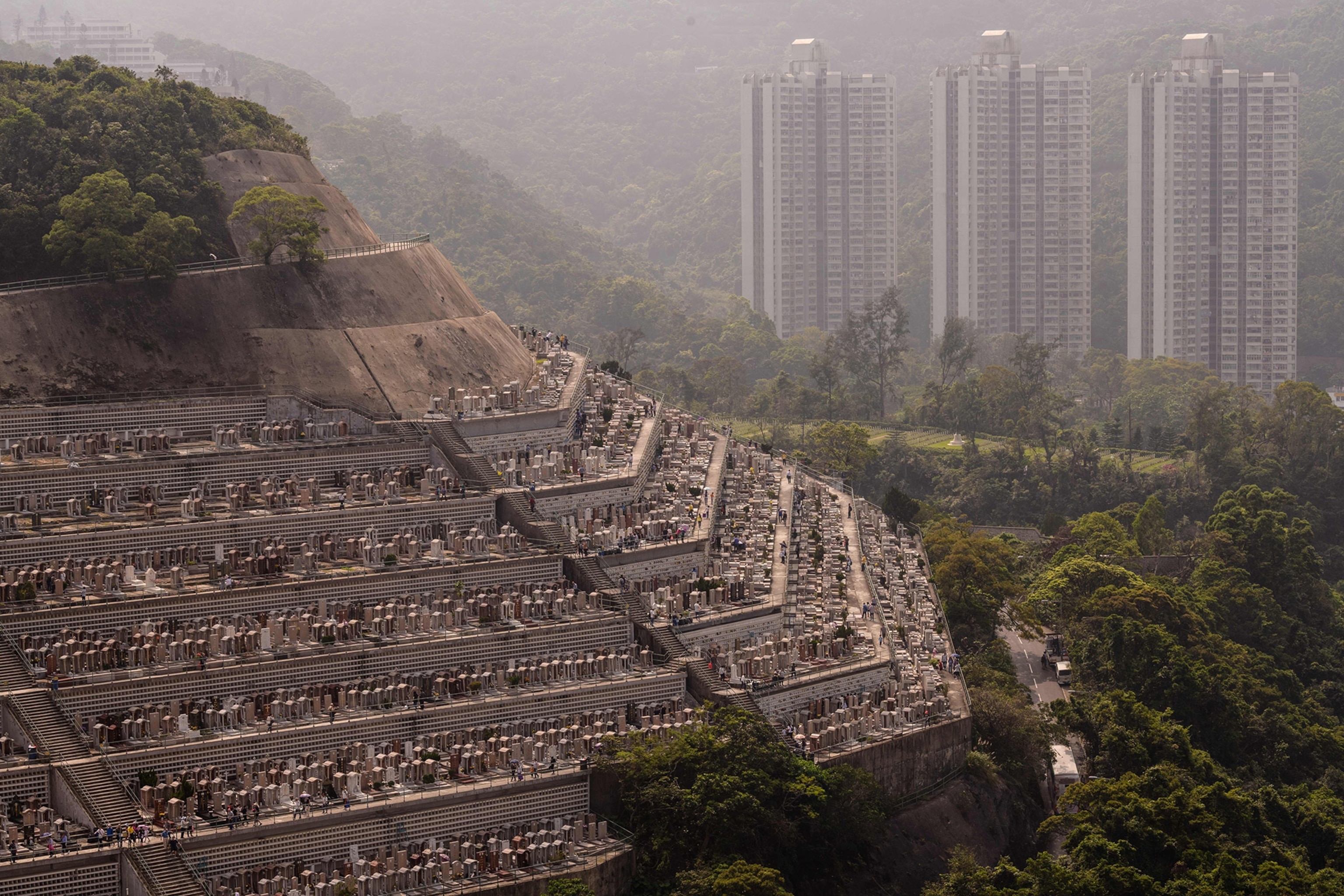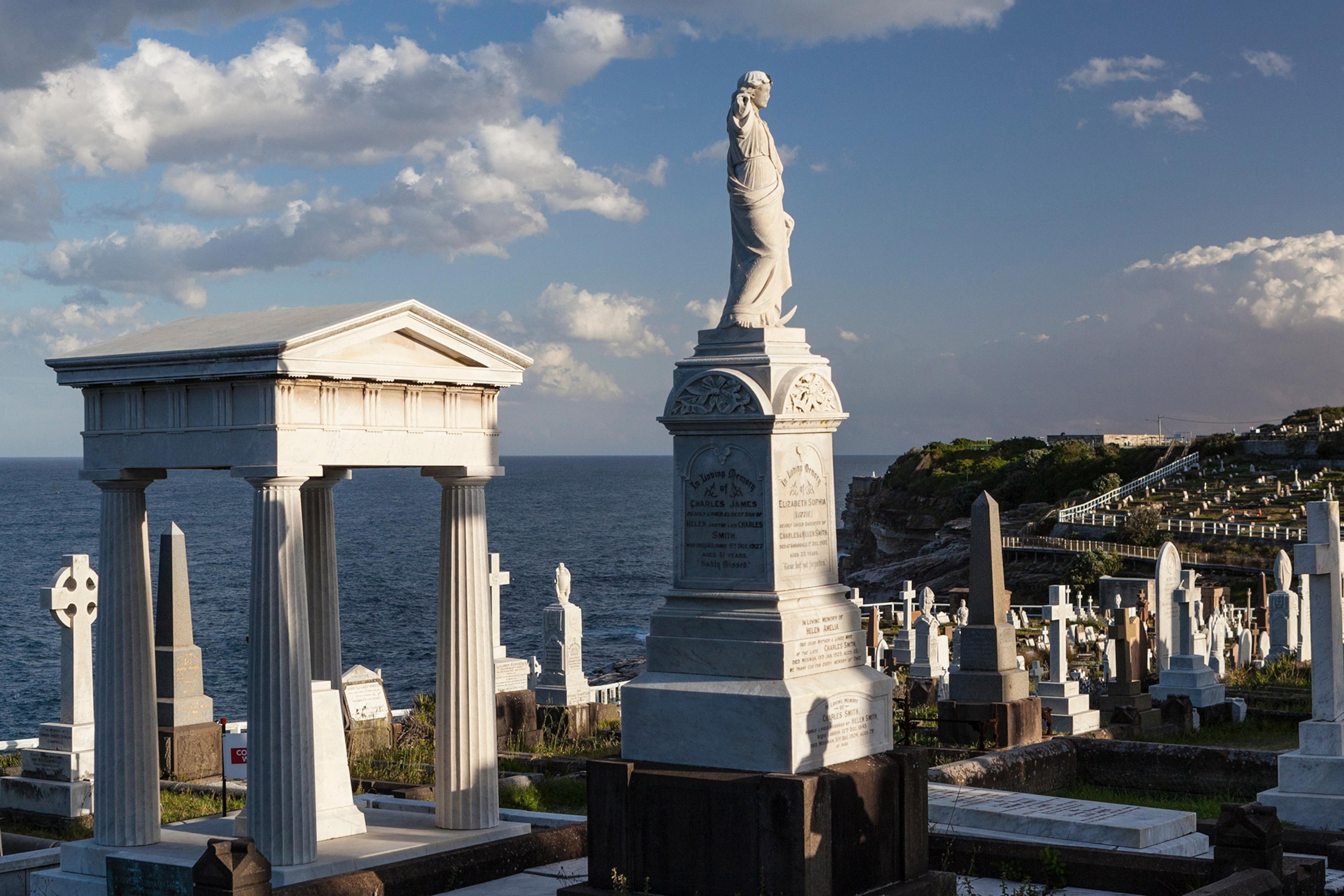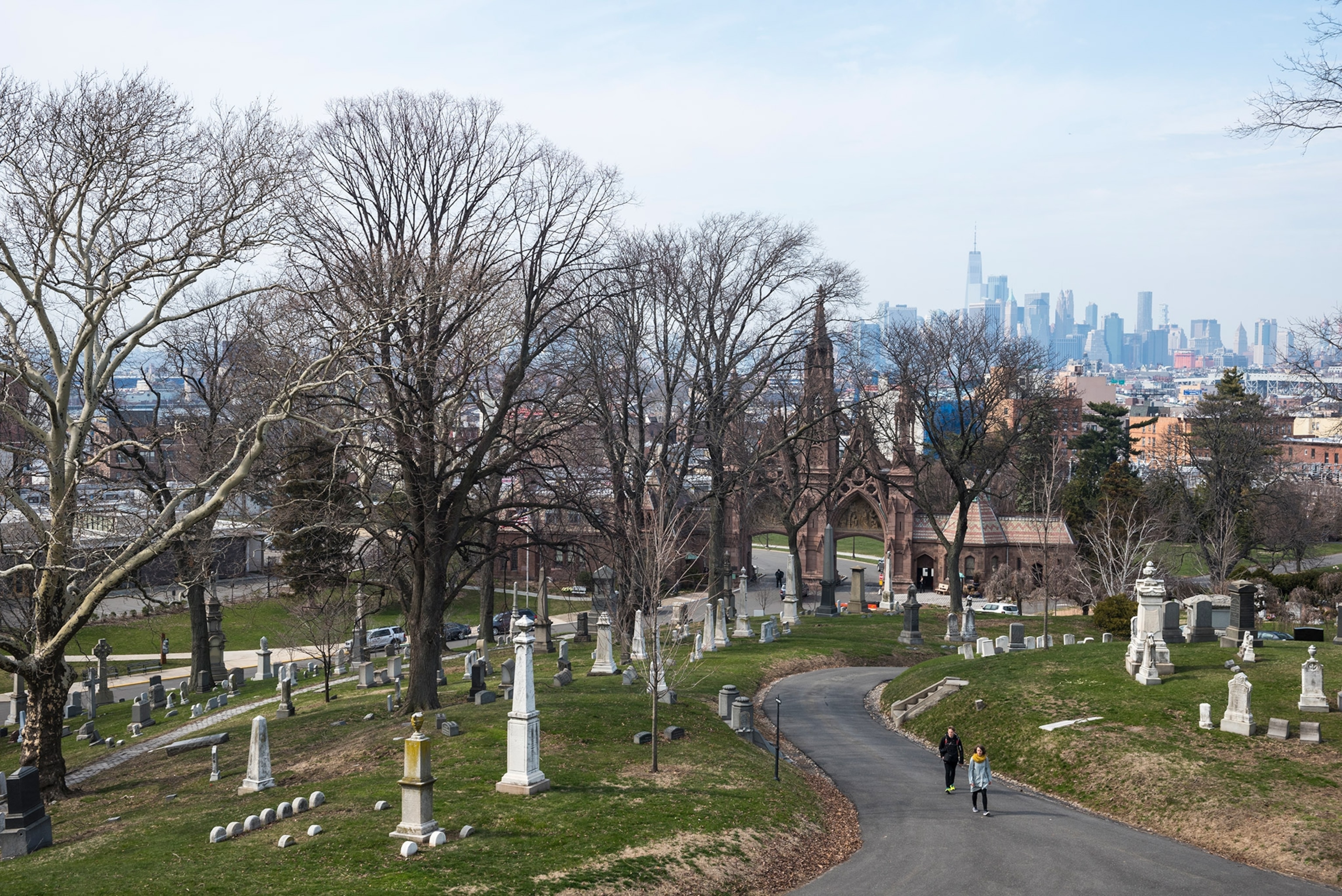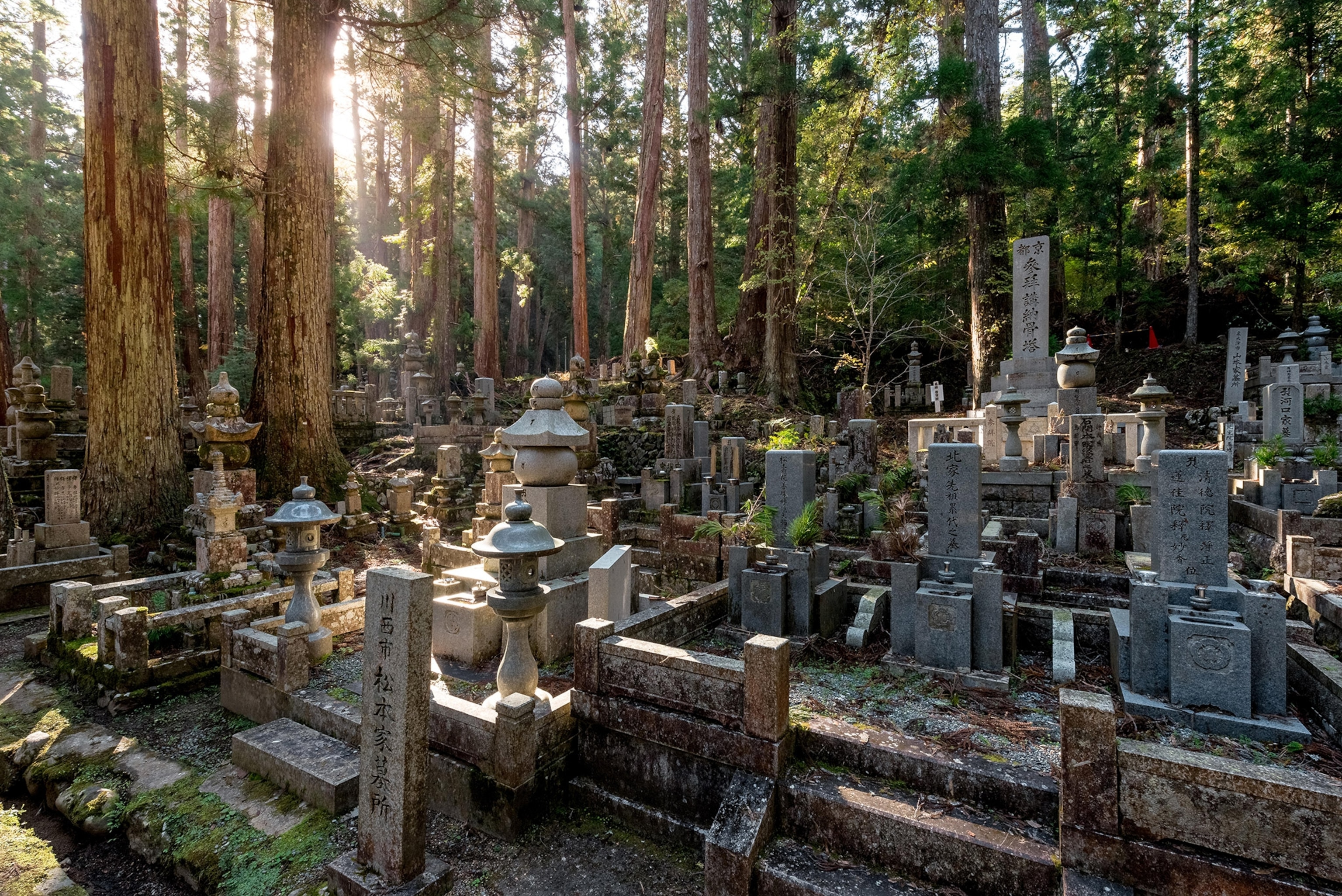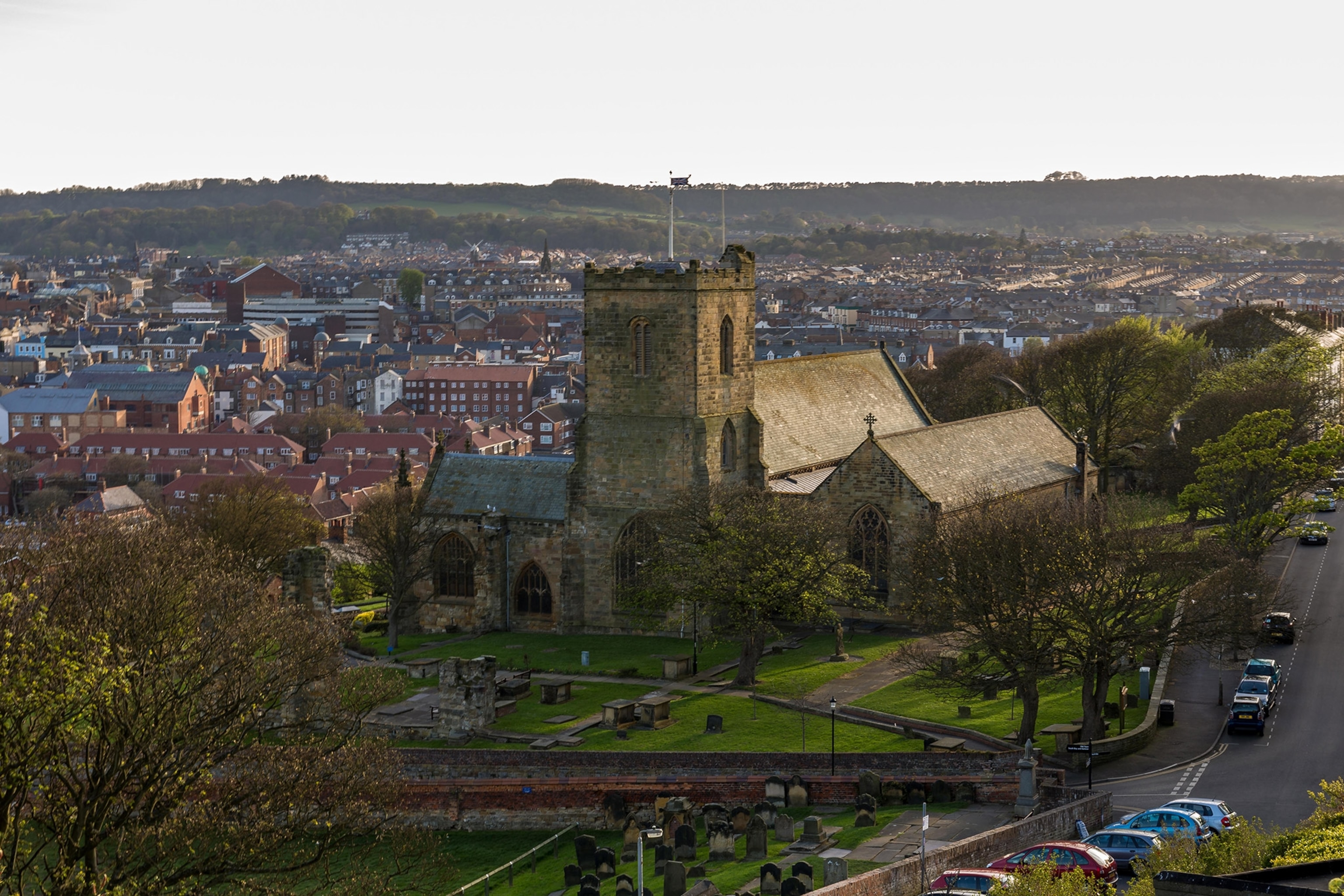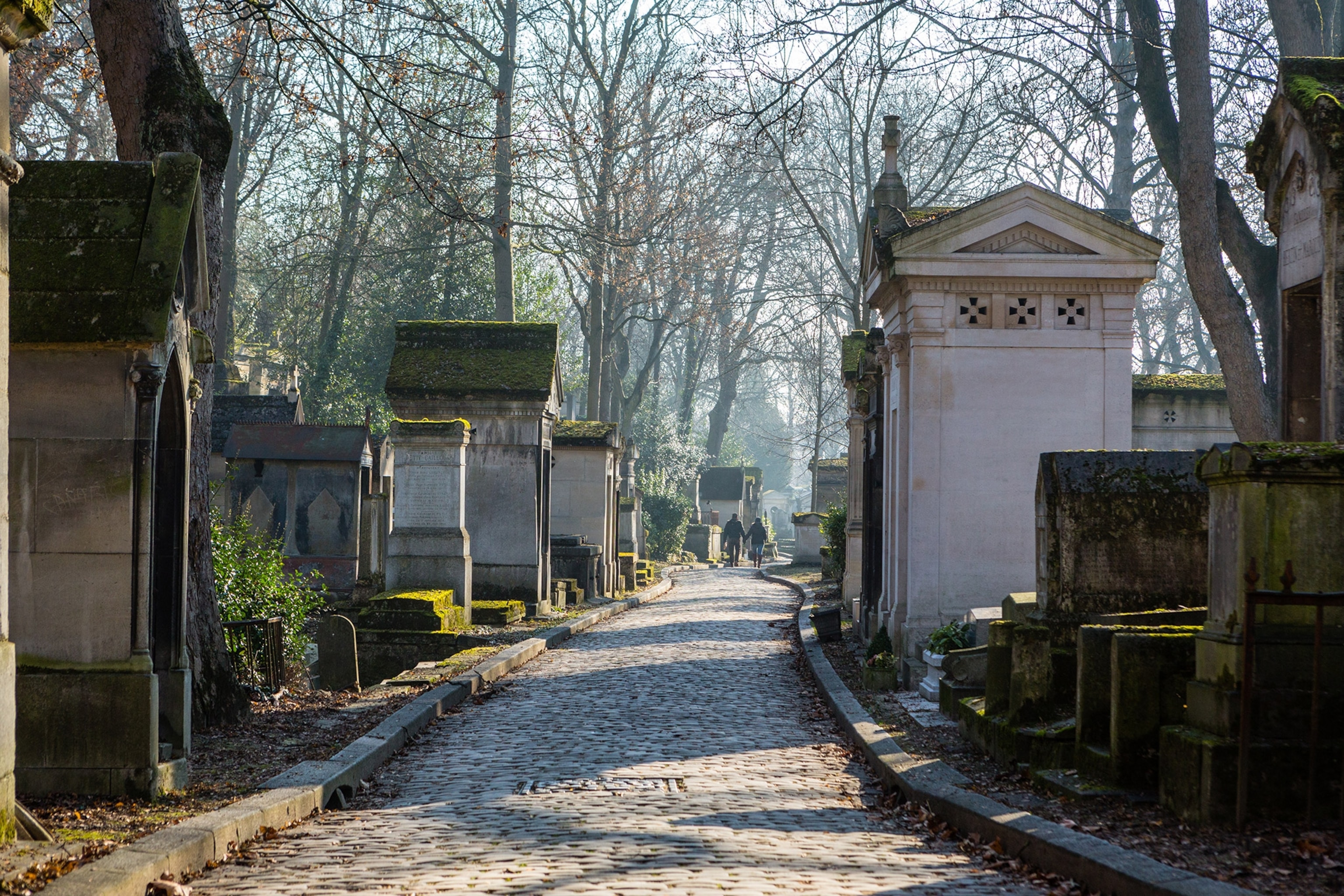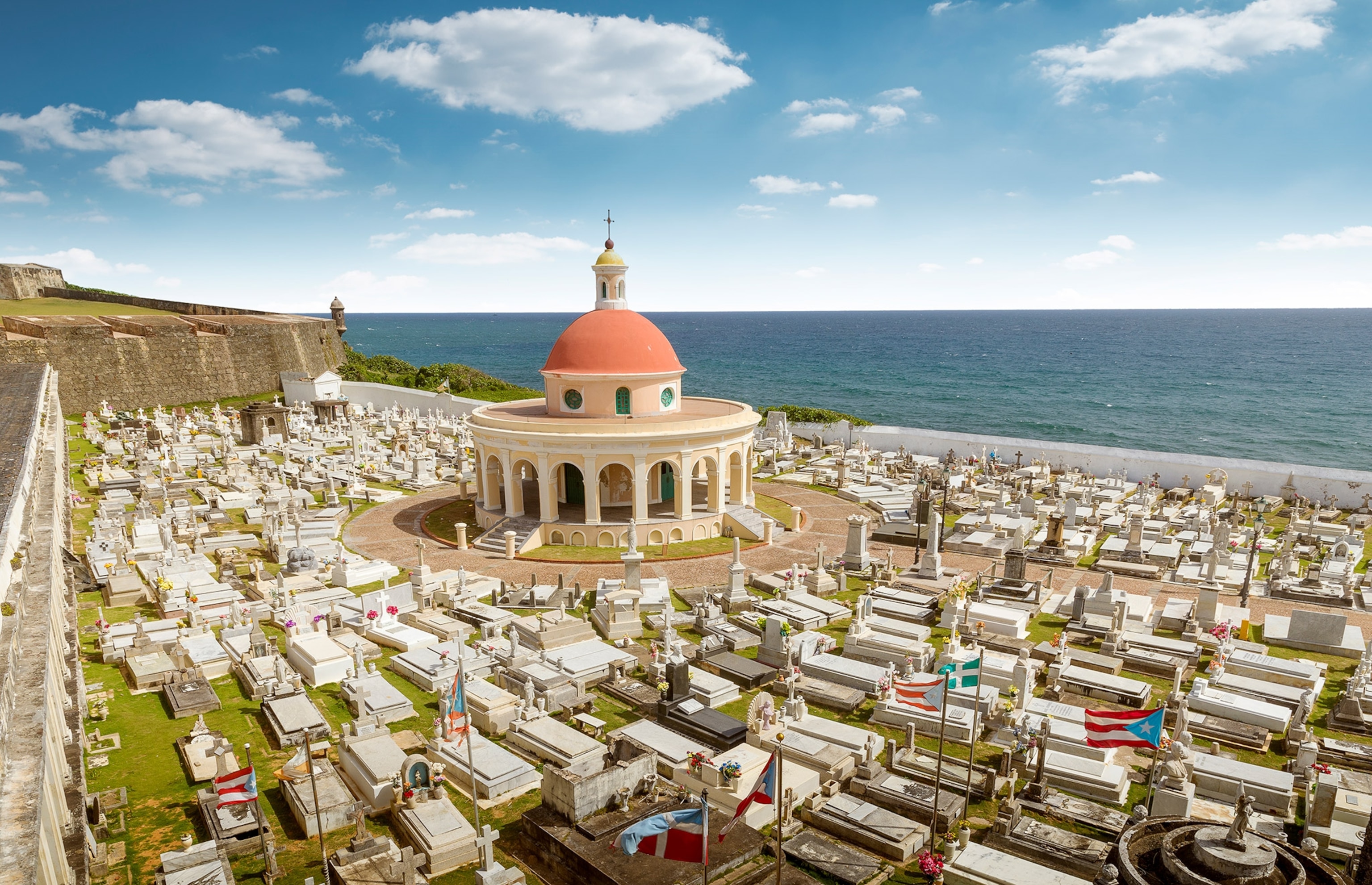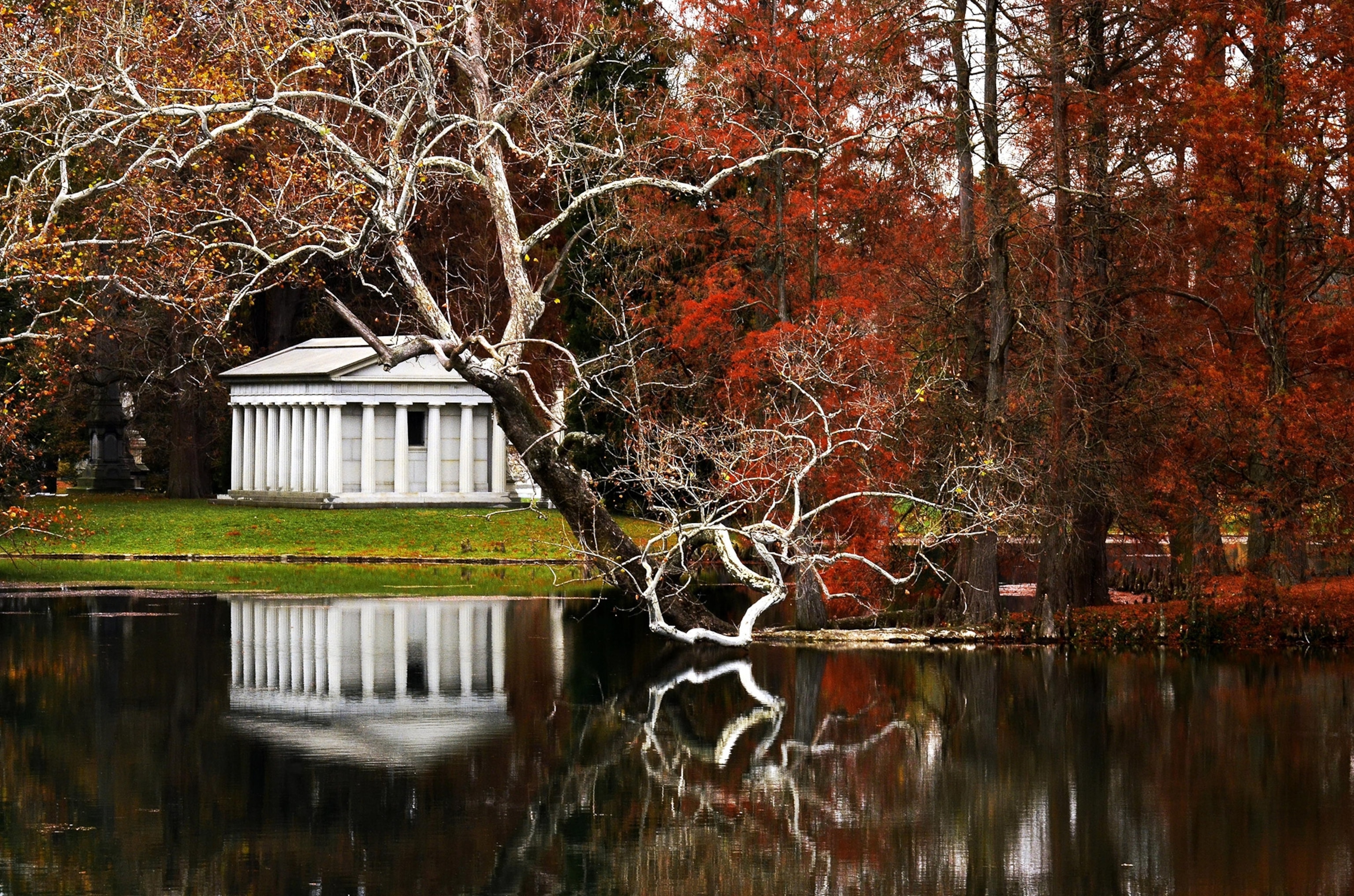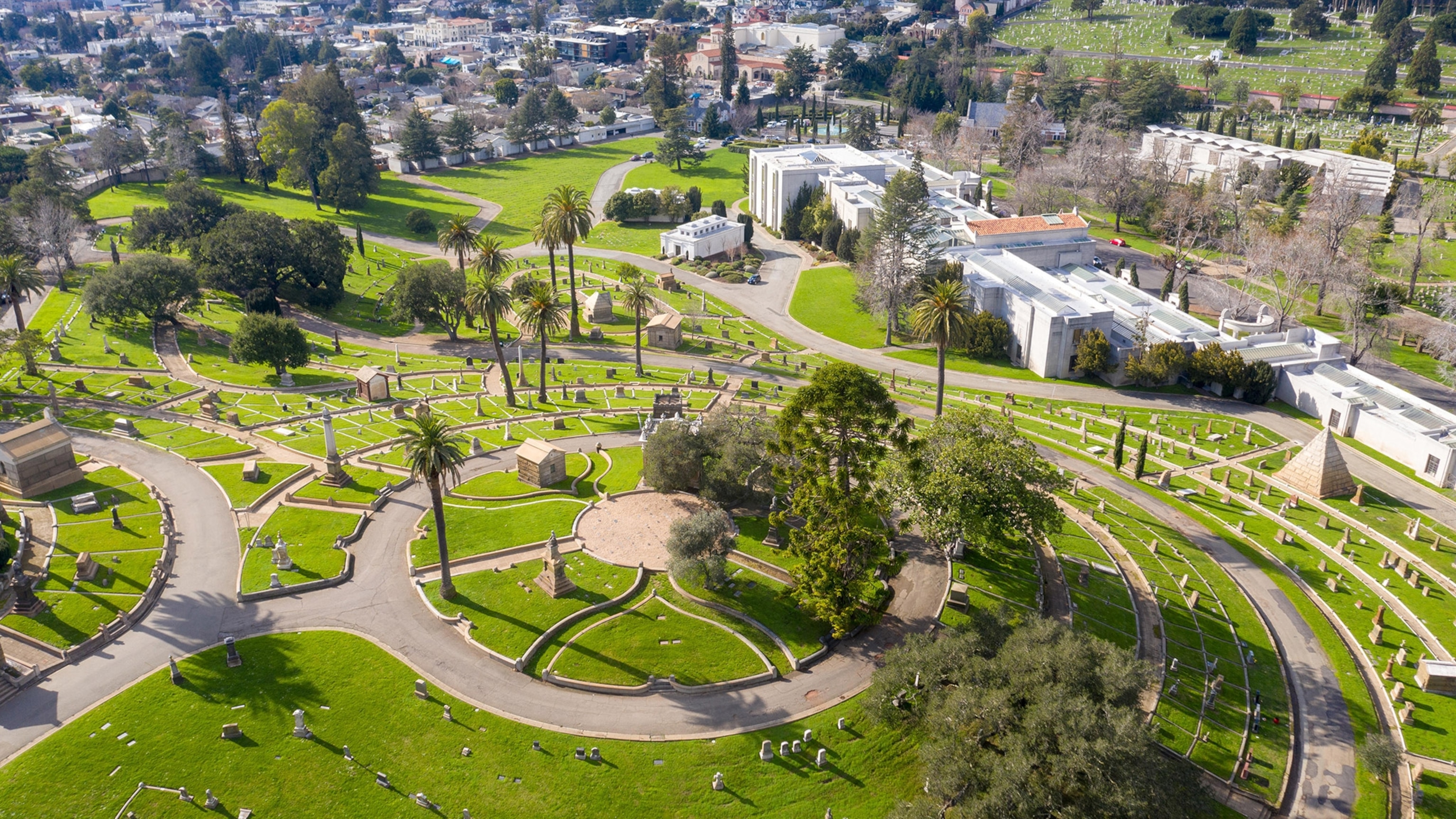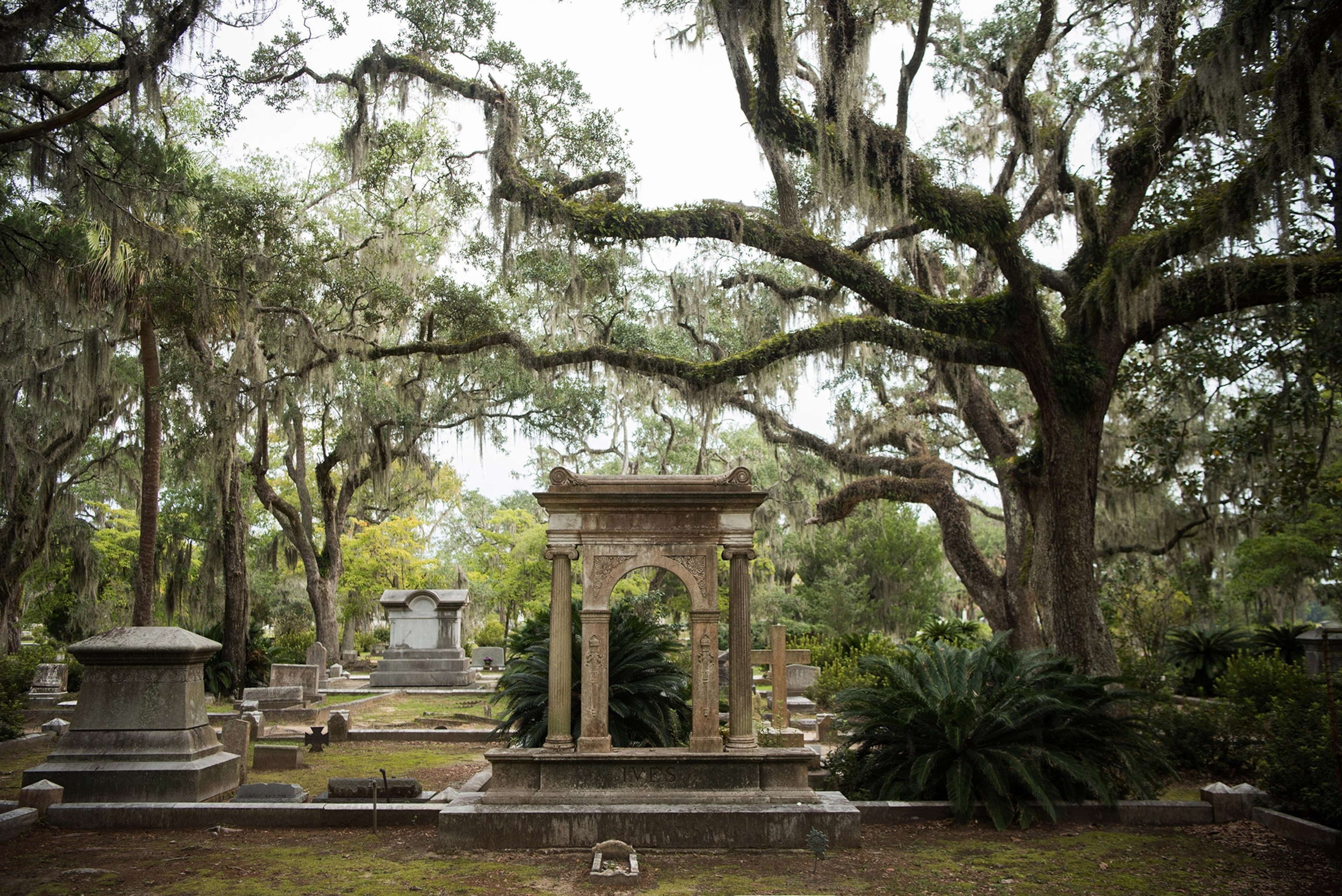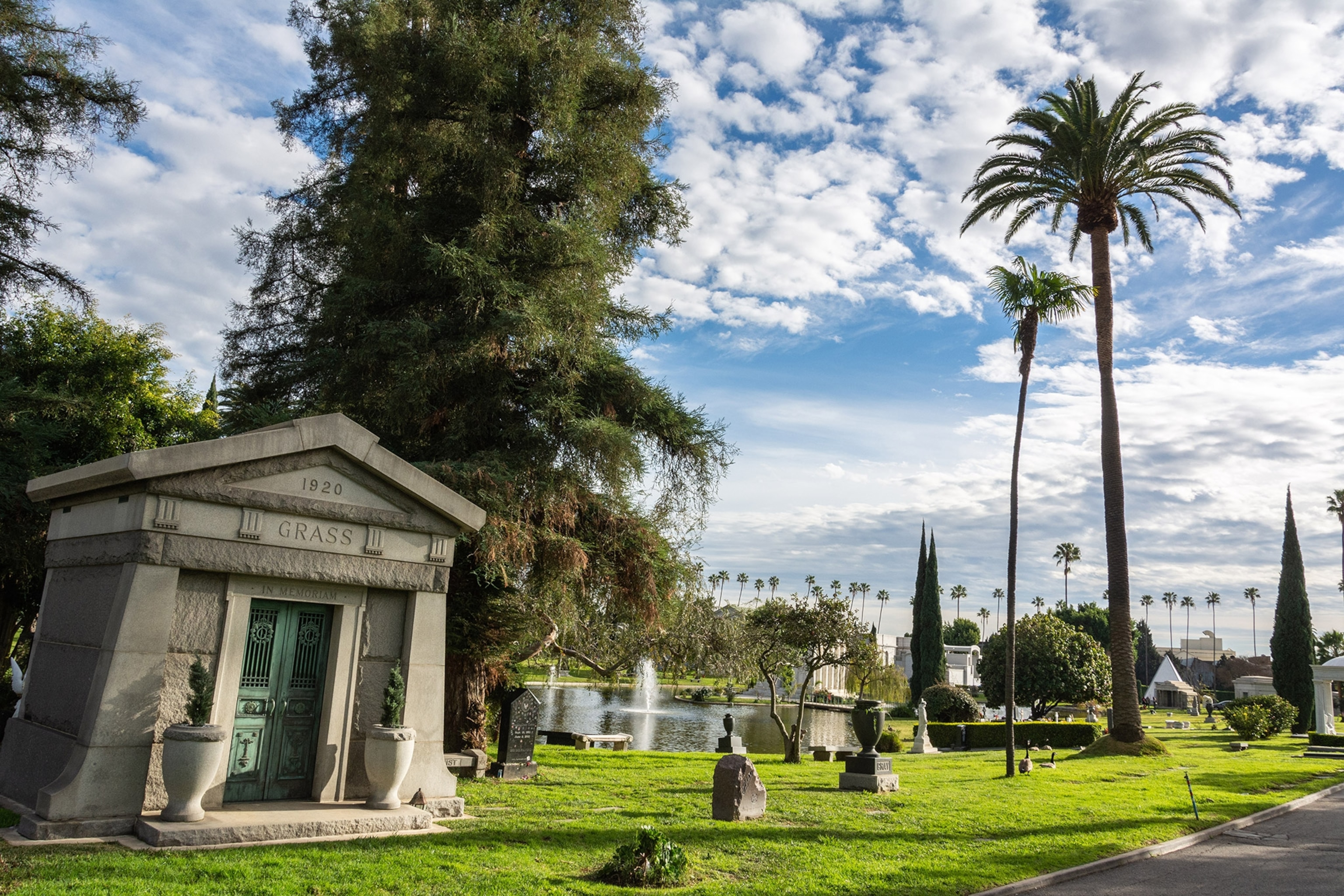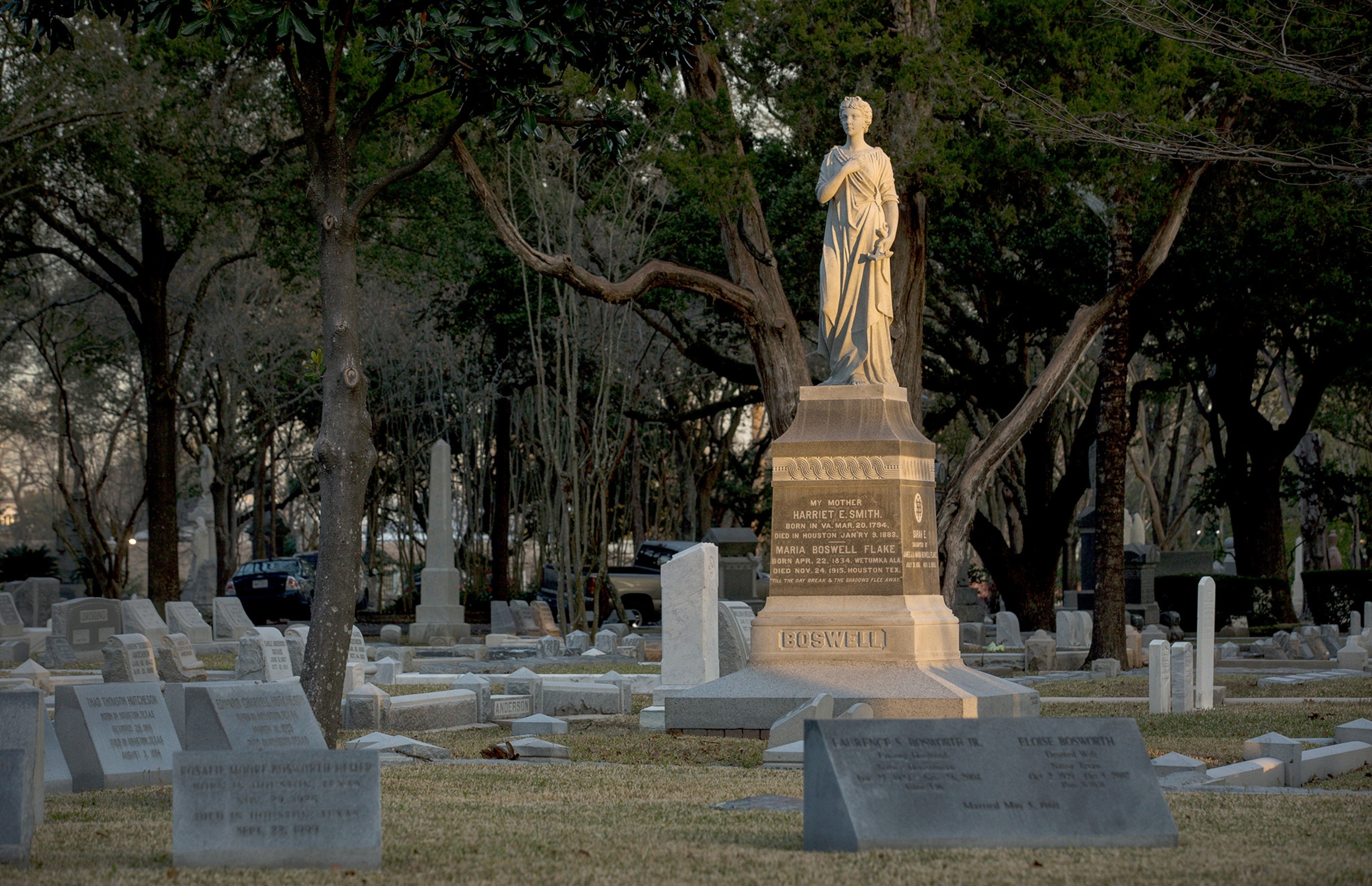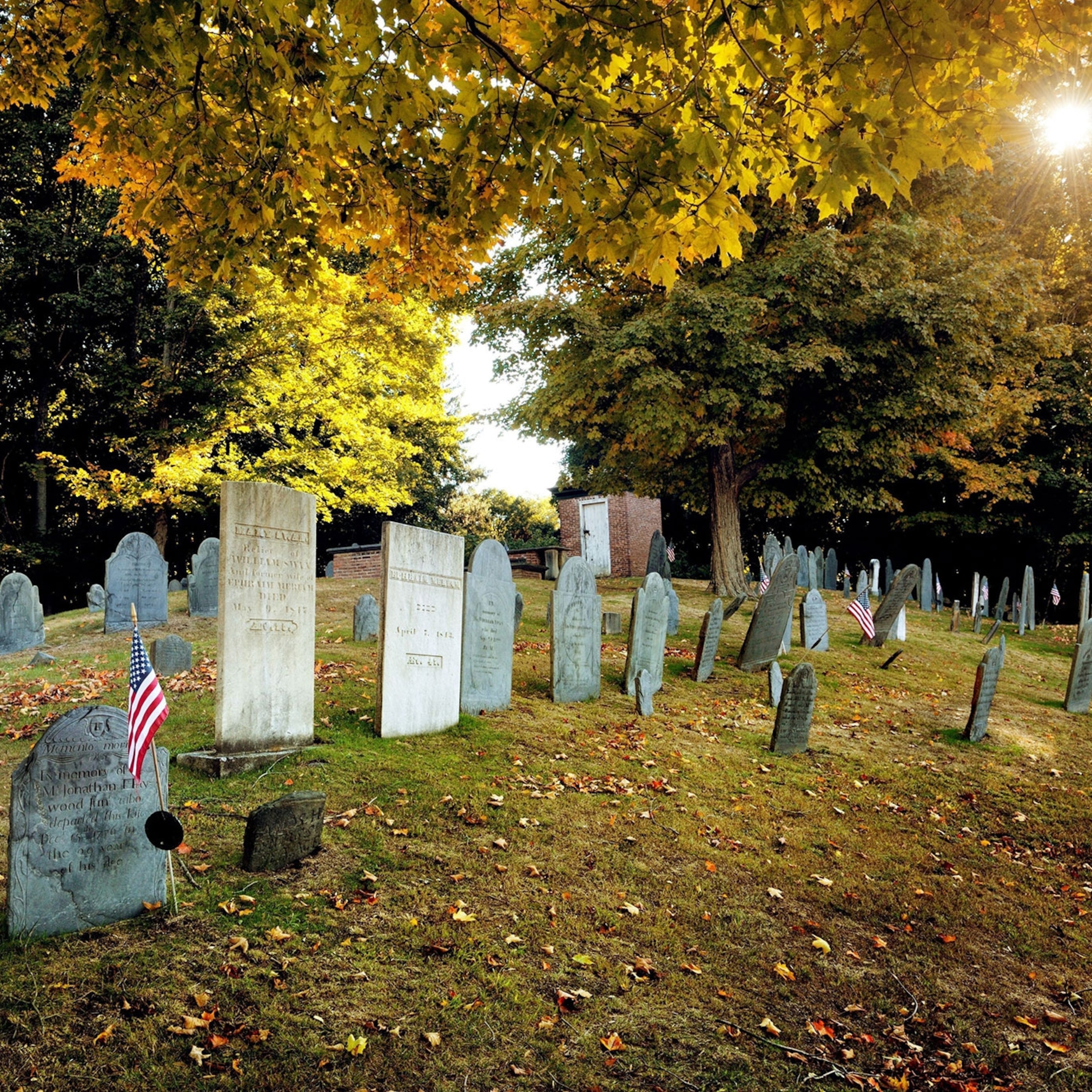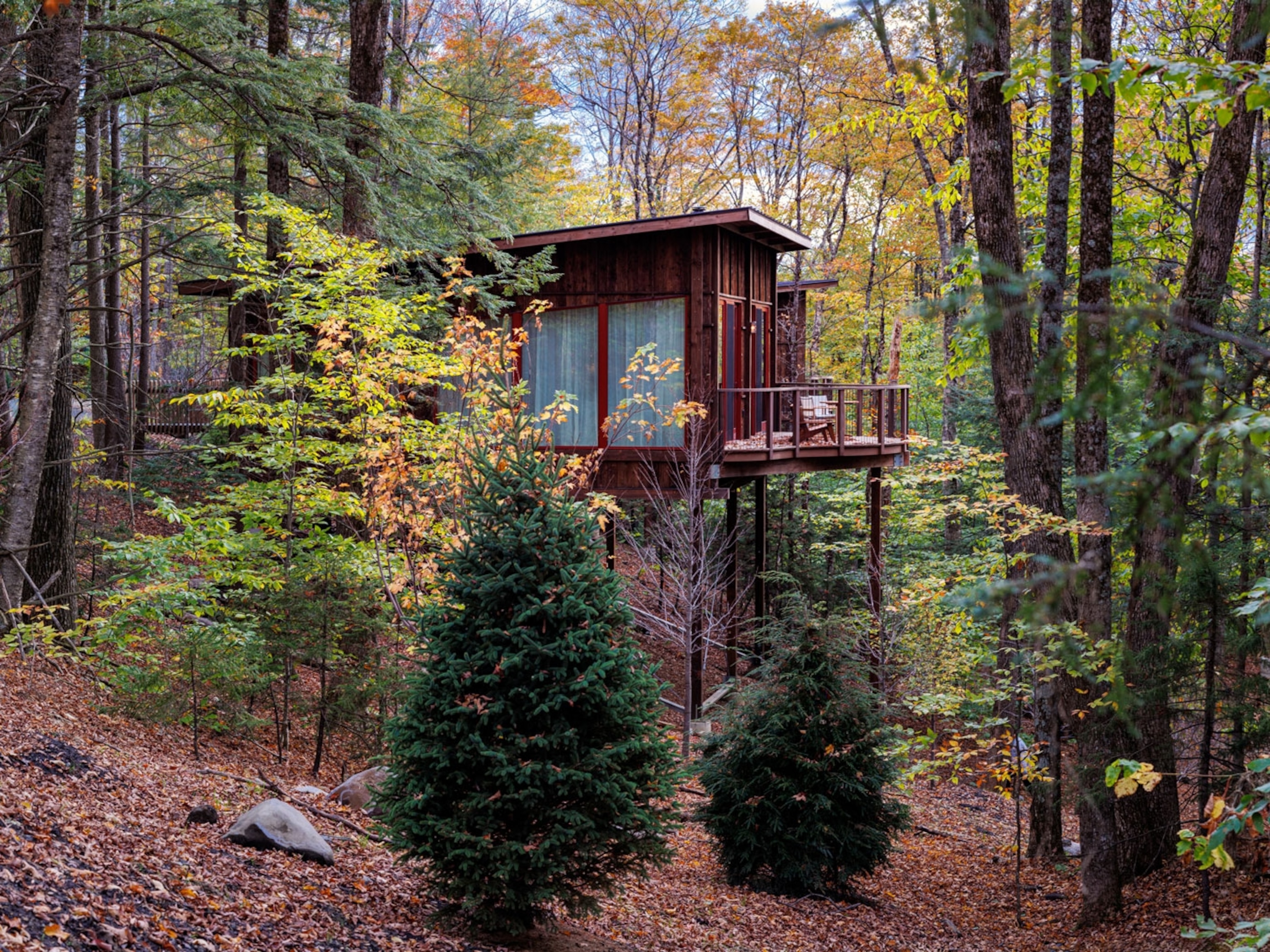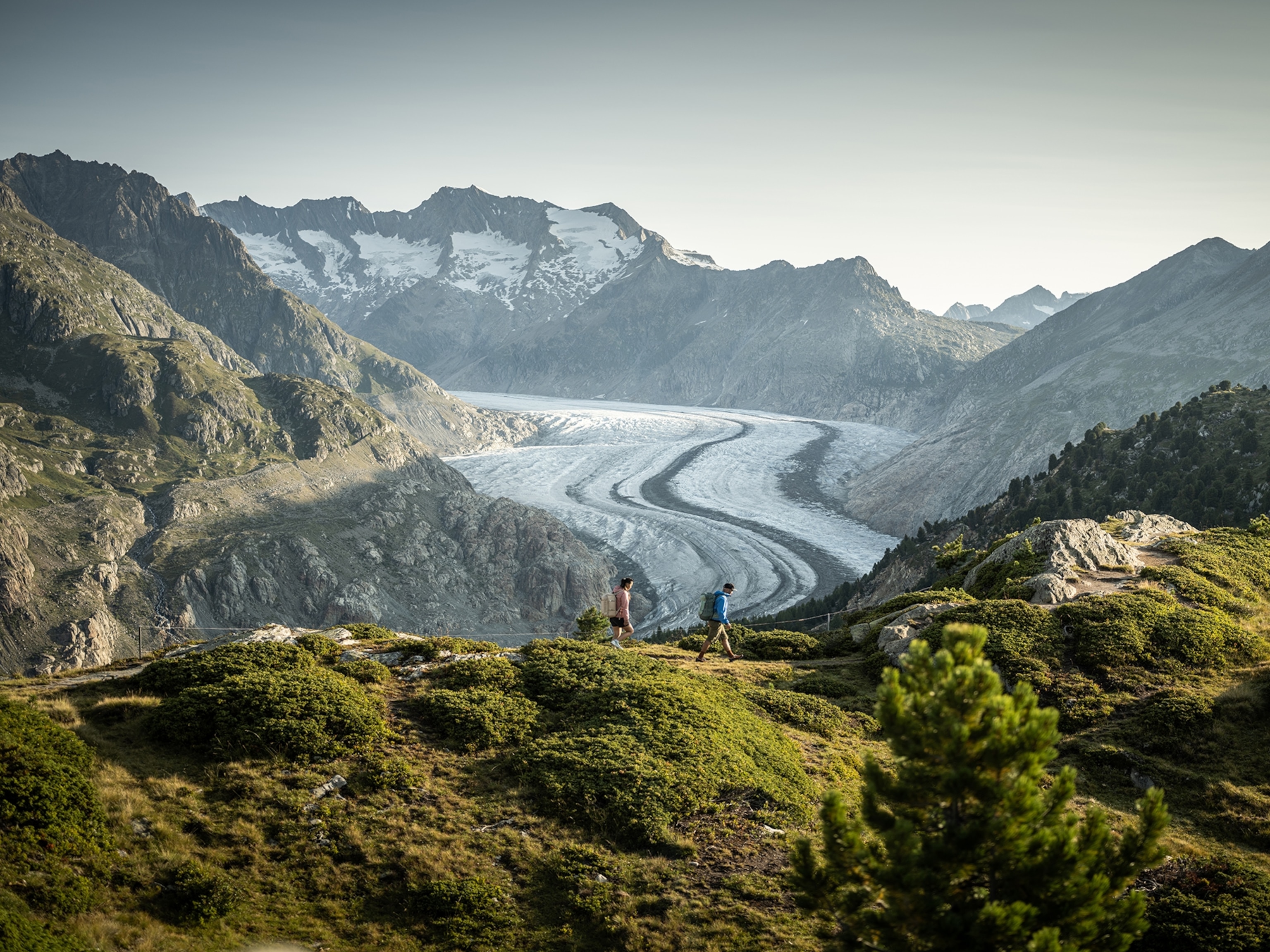Here are 7 cemeteries with views to die for
In many parts of the world, the dead are given prime real estate. These resting places have killer vistas.
When I arrive in a new destination, I like to immerse myself in the life of my surroundings. So I go to a place that holds the grandeur of an art gallery, the dazzling stories of a history museum, and the verdancy of a public park. I go to the graveyard.
Like many seemingly odd fascinations, my obsession with cemeteries began as a teenager. The massive cemetery near my family’s house in Minneapolis became my amateur photography studio, my go-to place for contemplative walks, and the obvious destination for close-to-home adventures. But my interest wasn’t a macabre phase. After college I spent three years conducting historical research and planning public events for that same cemetery. Now, as a Fulbright National Geographic Digital Storytelling Fellow, I travel the world interviewing people in cemeteries— from gravediggers who gave up their comfortable office jobs to stonemasons who continue handcarving tombstones even though the craft is “dying.” (Click here to discover why cemeteries are a surprising source of life.)
I walk graveyards like a detective, using epitaphs to decode history. At Chicago’s Woodlawn Cemetery, I noticed a grave marked “Unknown Male No. 1.” I walked the cemetery’s aisle as the numbers on the nearly identical tombstones climbed higher, reset at “Unknown Female No. 1,” and climbed again. Nearby graves bore the names “4 Horse Driver” and “Baldy.” More than 50 graves had nearly the same death date in June of 1918. When I reached a memorial monument in this plot known as Showmen’s Rest, the full story took shape: A circus train wreck had claimed all these victims on one tragic summer day.
Treat cemeteries as they are: spaces for the living.
At London’s famed Highgate Cemetery, I came across the inscription “Also of their infant children” on an ivy-covered family grave. Similar to the famous six-word story—“For sale: baby shoes, never worn.”—this short epitaph elucidated the realities of Victorian-era infant mortality more succinctly than any history book. Through epitaphs I discover tales of daily life, epidemics and emigration, industrial booms and busts, love and loss. (Here are a few more of Europe’s most beautiful cemeteries.)
But it’s not just epitaphs that help us peek into the past. By stepping inside one of Singapore’s few remaining historic cemeteries, I got to trade the superstructures of the city-state’s modern skyline for what remains of the tiny island’s majestic rainforest. Ninety percent of the country’s forests—and most of their historic cemeteries—have been cleared to make way for development in the urban nation smaller than New York City. But in Bukit Brown Cemetery, still alive with the buzz of mosquitoes, the smell of rain, and the threat of snakes, I glimpsed Singapore before urbanization. Volunteer historians used walking sticks to pull back the dominating greenery and reveal intricately tiled tombs. Families brought me to their ancestral graves where they poured coffee for the dead and left meals their forebears might have enjoyed in life. I watched as monkeys cheekily snatched the food offerings left behind. Here, death fuels life. (This region honors the dead to help the living make peace with death.)
Travelers like to haunt graves at Paris’s Père Lachaise (Jim Morrison, Oscar Wilde, Gertrude Stein), Los Angeles’s Hollywood Forever (Fay Wray, Cecil B. DeMille), and Buenos Aires’s La Recoleta (Eva Perón). But I learn more off the beaten path. While hiking a seaside bluff in Scarborough, England, on a chilly mid-December day, I inadvertently came upon a small graveyard that held the body of writer Anne Brontë. She died in Scarborough in 1849 at age 29, having come to the ocean one last time while suffering from tuberculosis. Hers is a grave with a killer view, overlooking the sea and backlit each evening by the coastal sunset.
Brontë’s final resting place shares an aging stone boundary wall with a small, grassy parking lot. Headstones crowd the perimeter of the lot. Part of the graveyard had been repurposed by the adjoining church to provide parking for its parishioners—an act not uncommon in land-limited England. This adaptation of cemetery space reminded me that graveyards aren’t relics. They are places reshaped to meet our personal and cultural needs.
I’ve seen this reality play out all over the world. I interviewed a cemetery manager in London who reuses graves and headstones after long periods of abandonment. I visited a graveyard in Jakarta, Indonesia, a megacity of 10 million with less than 10 percent green space, where children flew kites and vendors sold food and coffee among the graves; the dire need for public park space tempered the typically solemn air of Muslim graveyards. And at Arnos Vale Cemetery in Bristol, England, I scanned an augmented-reality app over graves and was greeted by on-screen ghostly narrators. (See pictures of death and burial rituals from different cultures.)
Caricatures of graveyards surround us during Halloween season. However, I invite you to view cemeteries not as places of death, but as places of life. Learn about the death rituals in your destination, and, if the community welcomes visits, go. Remember that people have long been excluded from burial in graveyards based on religion, race, and inability to pay, and think about who is—and is not—represented. Feel the power of kinship as you stand beside a labor or social union’s shared burial plot, like the Butcher’s Benevolent Society tomb in New Orleans’s Lafayette Cemetery No. 2. Perhaps you will experience the joy of finding a witty quip on a headstone, like the one in Washington, D.C.’s Oak Hill Cemetery that declares, “We finally found a place to park in Georgetown!” Treat cemeteries as they are: spaces for the living.
- National Geographic Expeditions
